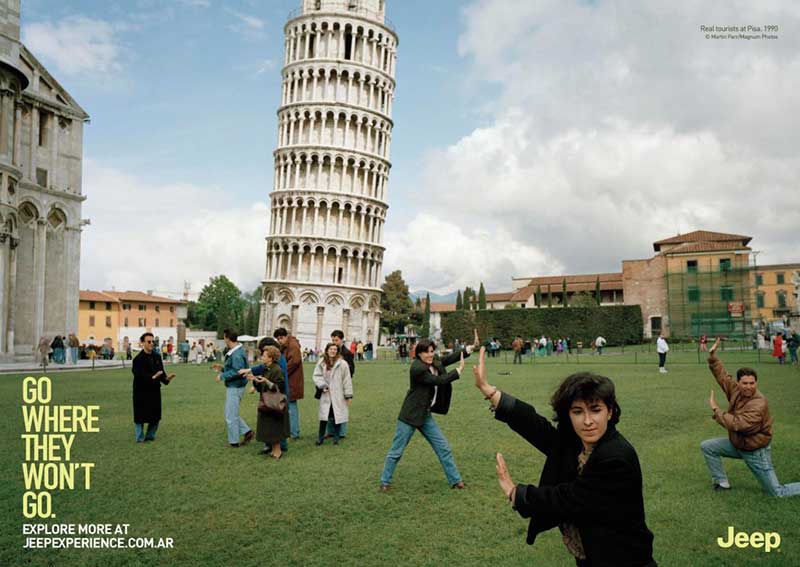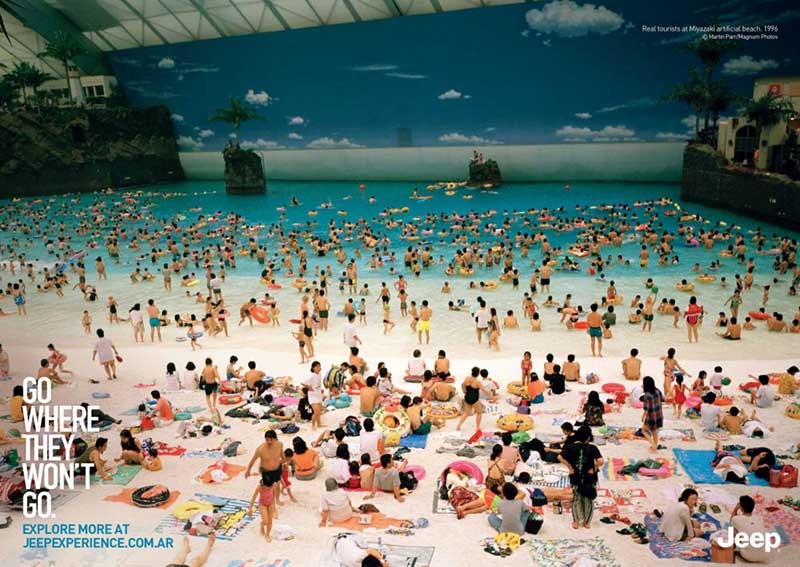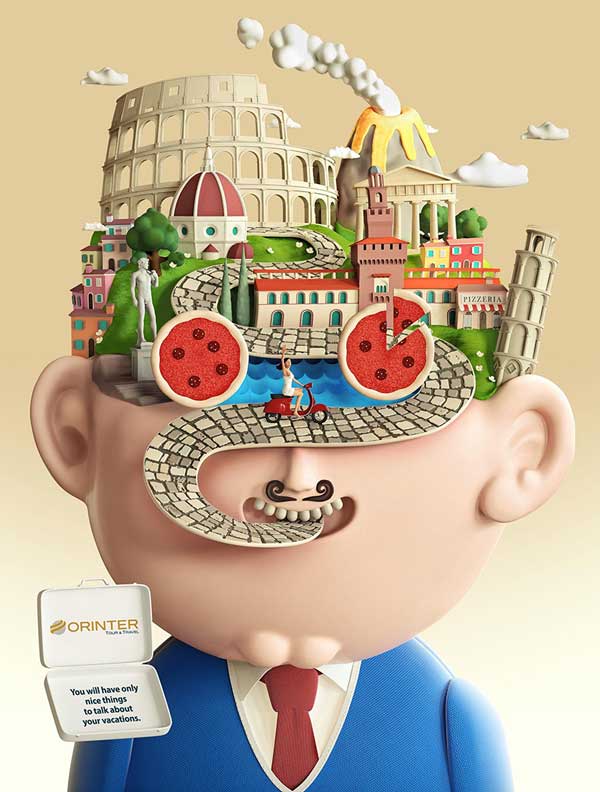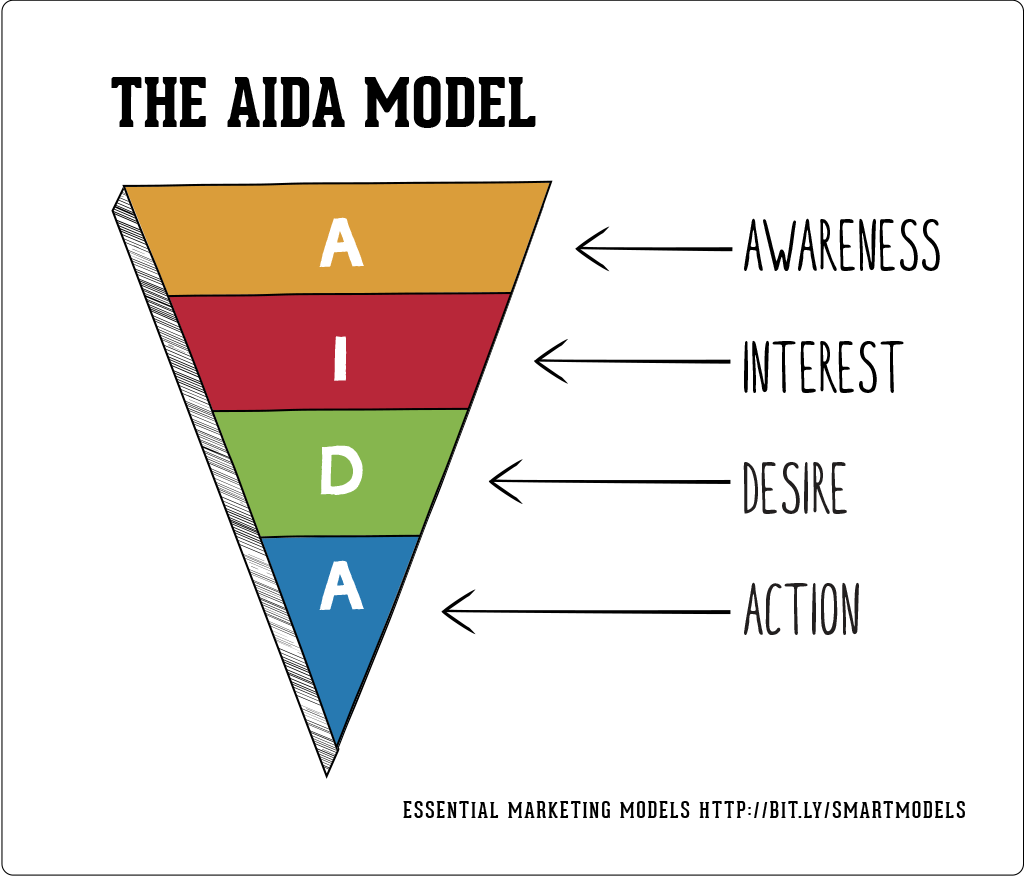
Pat Racco
Founder of Advantage Media
I’m writing this post about finding examples of advertising of a product that are out of traditional schemes because I am an unusual guy, and as such, I favour uncommon things.
Somehow, some advertising messages win some real estate in my brain, and I always wondered how, what and why.
I always had a kind of distinctive sensibility to marketing as a “receiver” of such a message. Some messages remain in my brain, even if I’m not listening or watching. I’m not sure why.
I guess it’s something that goes beyond marketing and advertising. Maybe it could be explained with my subconscious or some other hard to explain things, which I’m not very much into.
The truth is, there are examples of advertisement of a product or service that really got me; that conquered a little area of my brain, and will stay for a long time.
Sometimes, just by hearing the first note of the motif I was able to know what brand that ad belonged to.
Sure is Marvel won’t dedicate me a Netflix series. However, it was just incredible how different my wife and I were about being able to connect music-images-voice-graphics etc. to a brand. With specific campaigns, it was a matter of seconds for me most of the time while for my wife a lifetime wouldn’t be enough. And she couldn’t care less.
Given that there’s not much I could do to avoid this fact, I’ve simply let those messages to come to me. I became fascinated with marketing.
Shaping the message
Take for example Mr Clooney and Nespresso.
How do they sell mediocre coffee as such a business volume?
They’ve created a whole world around a damn coffee pod.

Is Nespresso selling coffee? No. Nespresso sells a sensorial experience made strong by Clooney.
Our brain works by association and marketing people certainly know it, including Nespresso. That’s why they leverage the fact that you want to be classy, luxurious, elegant and famous, just like George.
Whether you believe it or not, Nespresso pushed this campaign so hard that almost liquified Clooney and poured his face into every single coffee cup. It worked and still works.
By the way, I’ve reasons to believe Nestlè (the holding company behind Nespresso) and Clooney are business partners.
However, over the years, I’ve learned that a strong message is not always necessary.
There are examples of promotion of a product that were able to hit the right audience straight to the core. This is only possible when one really knows the audience is talking to.
How to build an advertising message
Often a trivial or unclear message vanish an important investment.
There are many decisions to make when planning an advertising campaign: identifying targets, selecting means, predicting the number of steps and timing. But among the most critical decisions, there is no doubt that the priority goes to the building of the message.
We often tend to believe that the only ingredient for the success of an advertising campaign is creativity. Sometimes, we chase extreme creativity: the “flash of genius”.
It is true, it can make the difference between a good campaign and a memorable campaign, but if it is not coherent with the objectives, the risk is to jeopardise the company’s image and commercial goals.
We should focus all our attention on the recipients of the advertising message and ask ourselves:
- what can capture their attention?
- what do they expect?
- on which expectations and needs, aware or unaware, can leverage the advertising message?
- what is their pain point?
- what would motivate them to buy?
The objective of this phase is to identify the most robust needs and motivations on which to graft our creative genius.
If the resources allow it, data is beneficial. Investigating your audience will make the difference.
If it is not possible to organise “focus groups“, then the effort should be aimed towards involving a communication or advertising agency or perhaps, a good marketing strategist.
The agency or whoever must aim to identify at least 3-5 strong potential reasons for purchase. The main reason around which to build the message, and the others to support the main one.
Always remember the mechanism that takes place in the mind of the recipient of the message.
There are three critical questions that in a split second pass through his mind on every occasion of exposure to advertising:
- What is it?
- Is it for me?
- What should I do?
Whenever advertisers build a message that answers these three questions, communication is likely to leave a mark on the recipient’s mind. There are many examples of advertisement of a product that achieved it, and I’ll talk about some of them soon.
AIDA and The advertising formula
Clearing away illusions is good. No formula can guarantee the success of an advertising campaign. However, the best advertising gurus do not disregard the validity of a method, AIDA, which stands for four words: Attention, Interest, Desire, Action.
ATTENTION: the message must first capture the attention. A message expressed through banal verbal communication, a rough graphic, and the use of unattractive images or photographs does not catch the eye. In the case of visual advertising, this objective is achieved through slogans, pictures and graphics. With radio, the main attention grabbers are jingles, musical background or everything that stimulates and intrigues our auditory apparatus.
INTEREST: to capture the recipient’s attention to filter the message correctly, the focus is not enough. It is necessary to maintain it and stimulate desire. To keep the attention, you should try to amplify the main motivation by building around it important ancillary reasons to arouse curiosity, that usually find expression through a mix of elements: texts, images, graphics, use of colours, etc.
DESIRE: interest must turn into desire. The message must generate a strong impulse to purchase. Instinct and rationality come together to push the consumer to act. Instinct and rationality generate desire. The heart and the mind go in the same direction. It is time to act.
ACTION: the urgent invitation to act, to inquire, to contact the company or the organisation to collect the latest information, acquire the latest answers to satisfy the desire through an act of purchase.
Finally, 9 examples of advertisement of a product
In the following part, I am going to show you some examples of advertisement of a product that breaks the mould of traditional, boring, way to promote a product.
As you may have heard, content is king, regardless of what kind of form and shape it has.
Having said that, knowing how to promote a product with SEO and Content Marketing is easier if you have examples to get inspiration from.
The below examples are not meant to be a guide for your next promotion of a product. They have been selected to inspire you to be different, think different. In today’s crowded world, it all looks the same.
The ways of promoting a product haven’t changed much in the last few years and won’t change anytime soon. What makes or breaks an advertising campaign are the emotions that the product can arouse.
This post is divided into two parts:
- 9 examples of advertisement of a product that will inspire you to think out of the box.
- how to promote your products
Let’s dive into some great examples of promotion of a product, that, in my opinion, break the rules of traditional advertising.
The main reason why I like the examples below is that they are uncommon. And as I said at the beginning, I’m a big fan of unusual stuff.
# 1. Jeep: advertising against mass tourism
The first example of advertisement of a product that I want to show you here belongs to JEEP and it is dated 1990.
Who owns a Jeep stands out from the crowd: this is the fundamental concept that the carmaker wanted to communicate to potential customers using a simple and clear visual format, as well as the message that accompanies it:
“Go where they would never go.”
Hell yes! An irony of fate, I recently bought a Jeep too.
… And how to blame Jeep. While on the one hand over tourism afflicts local communities that suffer from it intrinsically, on the other it pushes the tourist (or the traveller) to look into other directions.
The message here is the emblem of the entire marketing industry. The foundation of marketing as a science: “be freaking different”, or “be the purple cow”, or maybe “do you follow or lead? Are you a sheep or a lion”.
It’s not about showing that your product is better than another one. It’s showing how your product can change their life in better. People need inspiration more than anything.
If you work in tourism, it is an interesting point from which to take a cue to develop Content Marketing that distinguishes your tours and experiences from the crowd.

Here’s another campaign Jeep run 6 years later.

#2. Fucecchio (Tuscany) and its "Local Heroes"
If you need inspiration to fully understand how to communicate the concept of “local” applied to a destination, you should take a look at this spot made by PublicisItaly, in which the citizen heroes, those of today, who are the real soul of the city that is today Fucecchio.
# 3. Transavia rewards the most awkward Instagram addicted travellers
Are you one of those travellers who can not wait to post their latest picture on social media? Here’s another uncommon example of advertising of a product.
Transavia has decided to create a campaign that rewards people who post a picture that came very badly!
With the hashtag, #verybadpic travellers can post all those photos that were meant to be epic but ended up blurry, with embarrassing interference, fingers on the lens and so on, have not managed to be worthy of Instagram.
Transavia rewards the most clumsy travellers by paying them a ticket to return to the same place and to retake the picture. An idea that comes straight from today’s society makes a parody and becomes a method that all tour operators can use to retain a customer and push them to go back to travelling to the same places.
# 4. BolognaWelcome makes tourists feel already in Italy
An example of nice ambient marketing launched by Bologna Welcome, the tourism agency dedicated to promoting the city of Bologna. In the video, two Italian girls kiss and hug (and give away mortadella sandwiches) in London to those who accept in exchange for sharing the moment on social media.
The thing not only arouses sympathy in passers-by, who stop willingly but helps to strengthen the stereotype of Italians as a welcoming and loving people.
# 5. Australia: not just crocodiles and kangaroos
Launched at the Super Bowl 2018, this video, produced by the Australian tourism agency, is a real gem of advertising in the tourism industry.
Against the backdrop of a dreamy Australia, the video aims to transform the “tourist” stereotype of the destination into a fun, strongly “Australian”, also featuring the son of Mr Crocodile Dundee!
# 6. Formentera: sun, sea and experience hard to forget
“Lo bueno nunca acaba si hay algo que te lo recuerda”
“The beautiful things never end, if there is something that reminds you”.
Estrella Damm is a special brand for me. Around mid-2000, I spent part of my university career in Barcelona. I was lucky enough to visit the Estrella factory, and the experience was out of this world. No need to tell you the details, but so that you know, this brand is awesome.
In this promotional video of the Estrella Damm all the beauties of the island, from landscapes to culture to music, are enhanced in the background of a fairytale experience for the protagonist, accompanied by the beer.
# 7. 'Orinter Tour and Travel' and word of mouth
A nice idea launched in a recent campaign of Orinter Tour and Travel, which although it incorporates the stereotype of Italy = Vespa, Colosseum and pizza, it has an intrinsic message for the receiver, encouraged to spread the word: “You will only have beautiful things to tell about your holiday”.

# 8. Google: Year in Search 2017
This is one of my favourites. Google was able to put emotions on a video and it’s so powerful that watching it makes you forget it’s an advertisement.
Yes, through short but strong fragments, Google reminds you how much the whole world relies on googling things.
This is not quite an uncommon example of advertisement of a product. It’s rather an uncommon example of advertisement of a service or, if you want an uncommon example of advertisement of awesomeness.
Google is really shaping the world.
#9 Berlei: The best support for sport 2018
My favourite one. If it’s true that advertisement is all about winning some real estate in people’s mind, this one is the perfect example of an advertisement of a product.
I remember my reaction when I saw this spot for the first time.
It was a mix of fun and disappointment (in a good way). Berlei showed nothing more than a real, unpleasant condition women experience when they do sport, and offer them a solution.
‘STOP YOUR BOOBS PLAYING THEIR OWN GAME.’
Just a brilliant and uncommon example of advertisement of a product.
To sum things up
Crafting the perfect advertising campaign is art. Just like Picasso and Van Gogh, a marketer transforms a vision into emotions.
It’s hard and should not be neglected. It takes passion, time, and lots of efforts to leverage people empathy. Because at the end of the day, what ultimately pushes people to buy is that voice in their soul that makes them feel good about your product.
I hope you liked this post.

